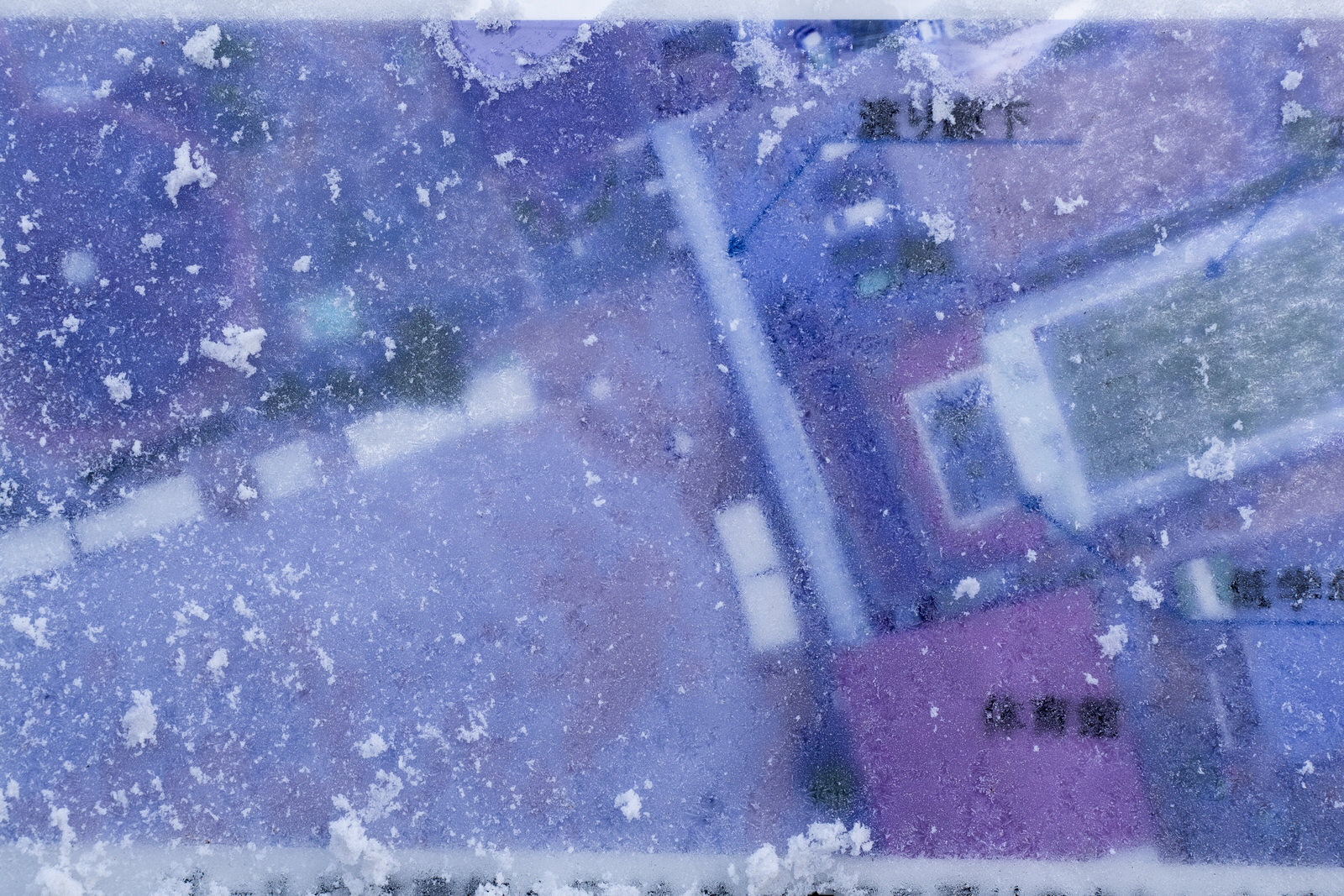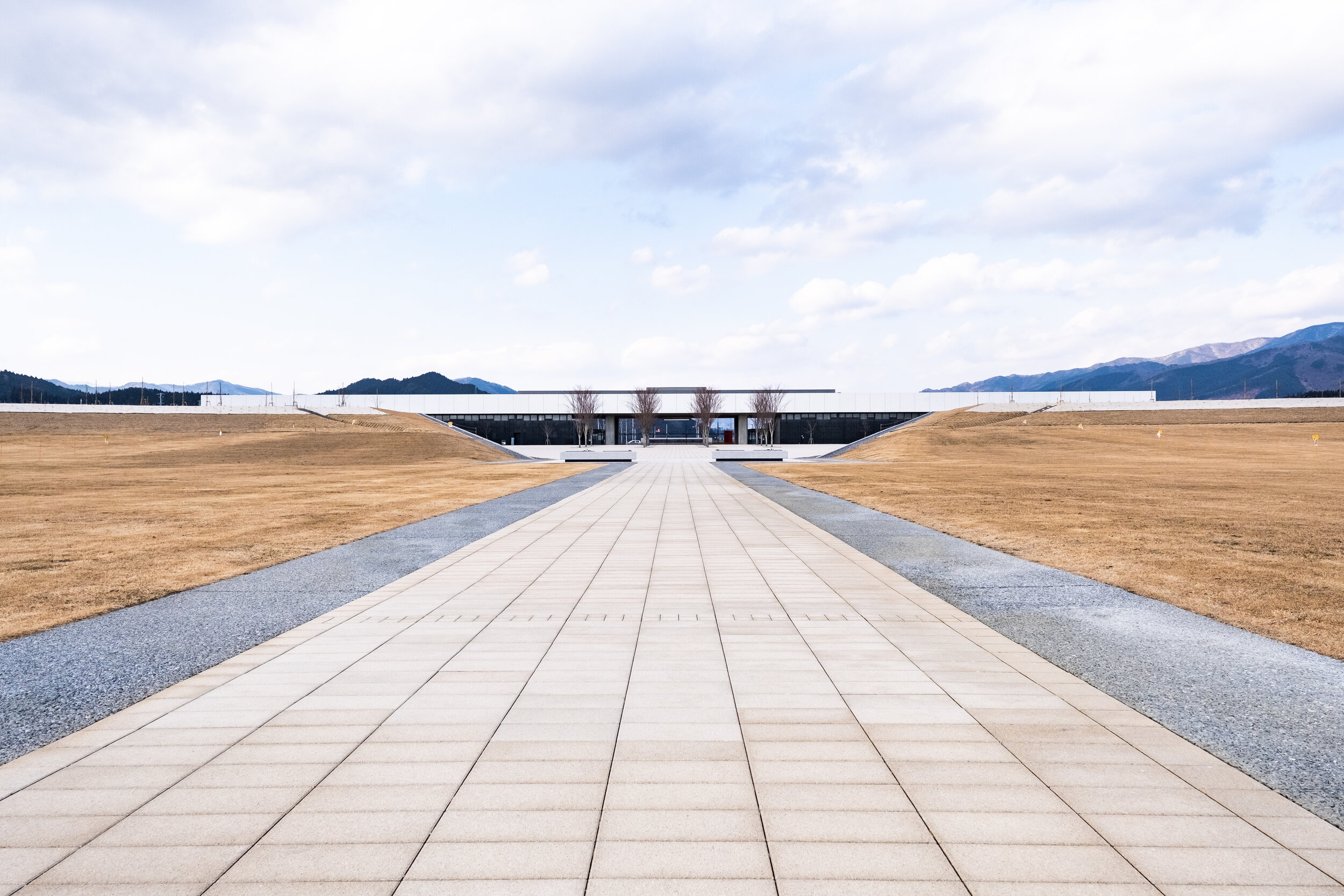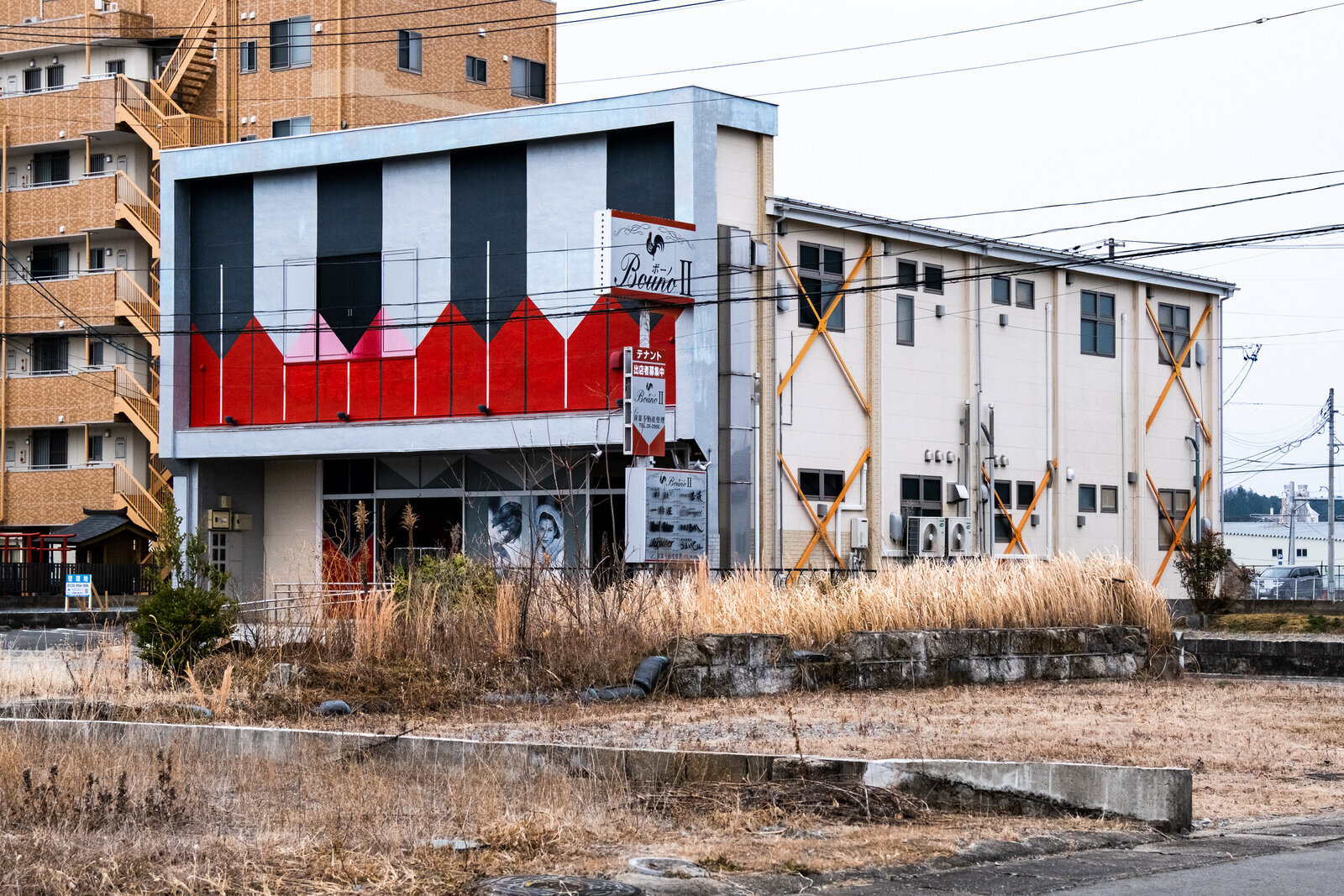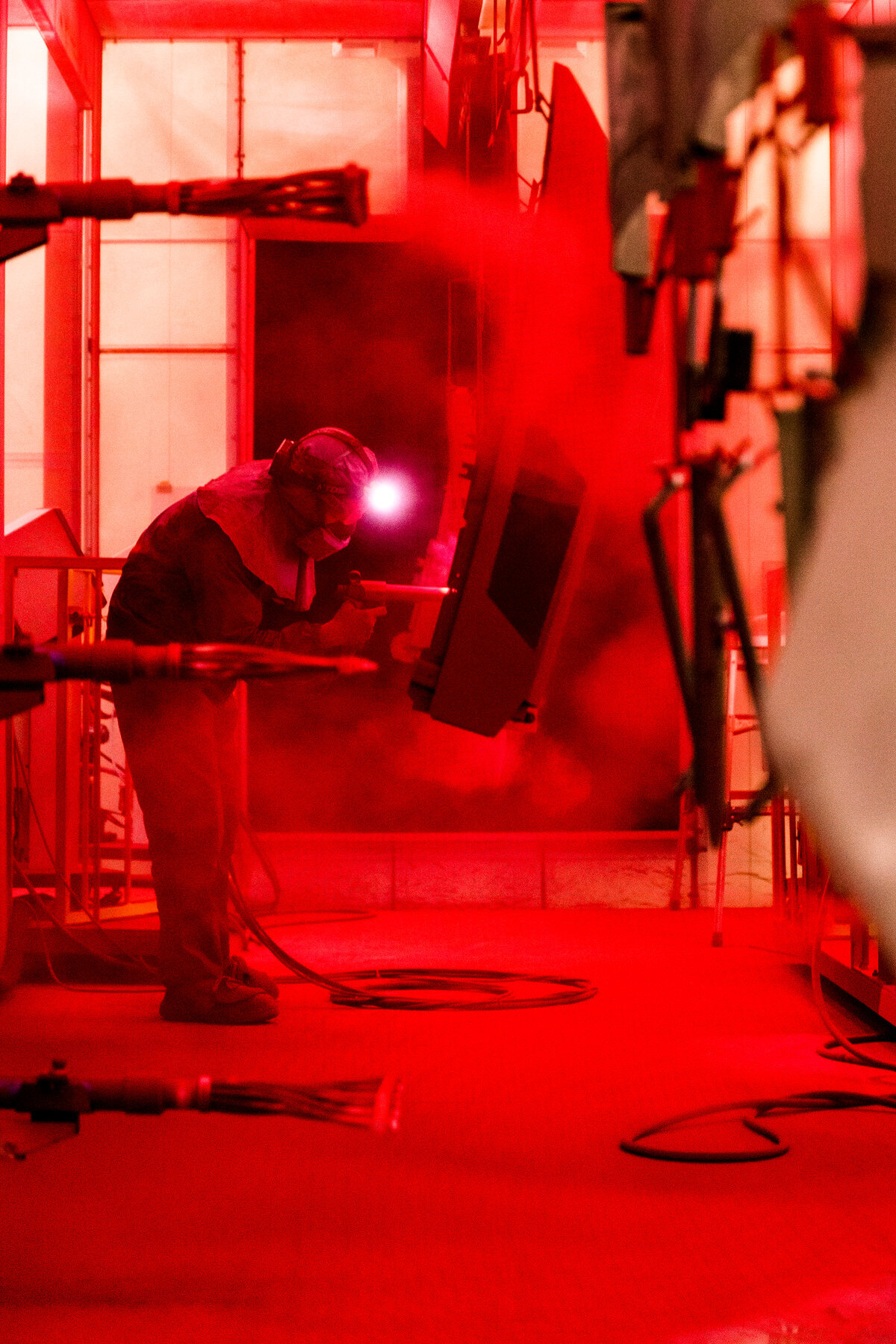The Tsunami & Okawa Elementary School
As feared, the quake triggered an unparalleled tsunami that raced west towards Japan at up to 700 km/h (435 mph). At their peak, the tidal waves towered 40.5 m (133 ft) and had enough stamina to barrel 9.6 km (6 miles) inland.
One story that encapsulates the horror of Japan’s 2011 tsunami is that of Okawa Elementary, a primary school in Ishinomaki. While the tidal waves hammered Ishinomaki’s coast, another natural phenomenon happened in the city’s northeast. There the danger was the Kitakami River, an estuary where tidal waves managed to push up-river.
Three minutes after the earthquake, students and teachers evacuated Okawa’s classrooms and began to gather in the schoolyard. While exiting the buildings, some teachers told their pupils to immediately move to high ground. Several children started to make their way up the hillside directly behind the school - a steep embankment where Okawa students planted Japanese ash trees, cultivated shiitake mushrooms, and explored the forest. Yet, the decision was made to have those children return to the schoolyard and gather with the rest of their classmates.
Six minutes later a major tsunami warning was issued urgently requesting all to move higher, away from the banks of any river. Still, students and teachers remained in Okawa’s yard. A second warning was announced by a municipal vehicle passing by. 39 minutes after leaving their classrooms, the children remained in place, seemingly frozen.
Prior to the quake, the Miyagi prefectural authorities repeatedly directed schools to review their disaster procedures. Okawa Elementary School had created a tsunami plan but failed to include the most crucial components - a specified evacuation destination. Without a concrete directive, the 11 teachers continued to discuss a plan of action.
Several of the 77 children pleaded to move further uphill. Meanwhile, the tsunami surged through the Kitakami, enveloping houses, cars, and tens of thousands of trees. Debris was caught on major bridges (a fourth of which would eventually collapse) and the tsunami’s path was temporarily blocked. But the debris only served as a dam and allowed the tsunami to build strength and height.
At 3:36 the group finally began to leave Okawa’s grounds, but not up the hillside just meters behind the school. Instead, they moved towards the river to a zone that would have a gradual increase in elevation. At this point, the route or evacuation destination was moot.
A minute after the students and teachers began to flee, the mighty Kitakami burst its banks. Within seconds, the 8.6 m (28 ft) torrent reached the school. At 3:37, 51 minutes after the great earthquake, all clocks at Okawa Elementary School stopped. 70 children and 10 teachers were dead. Four children were never found.













































































































































